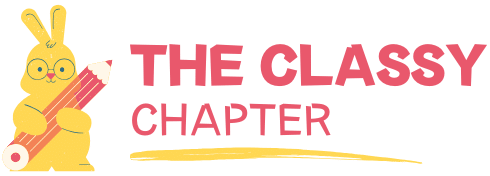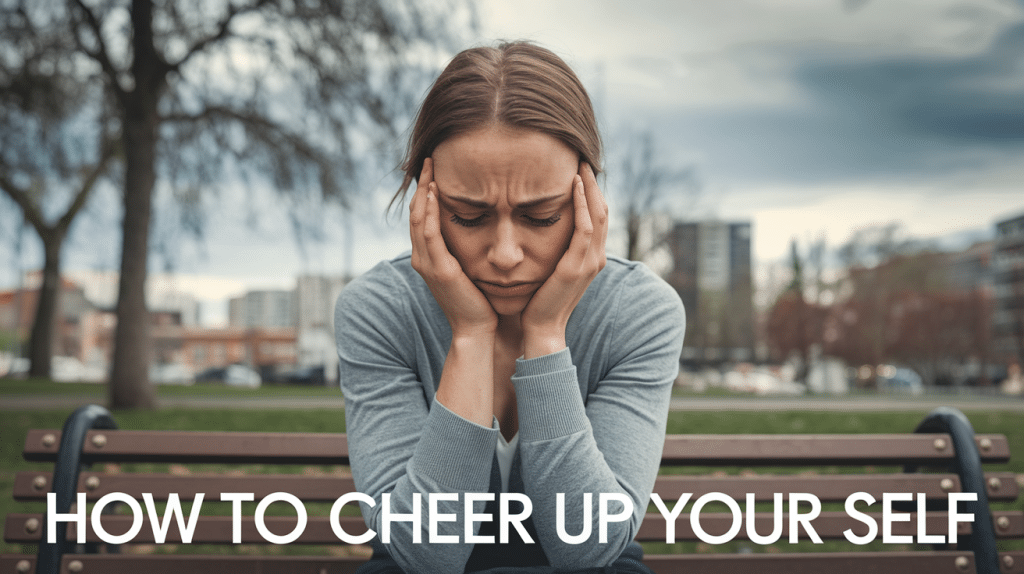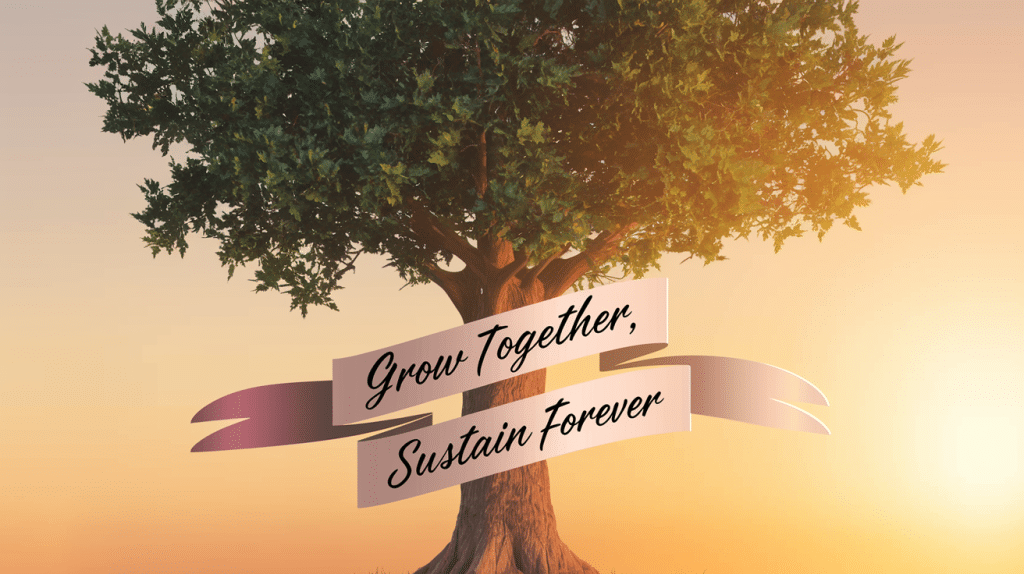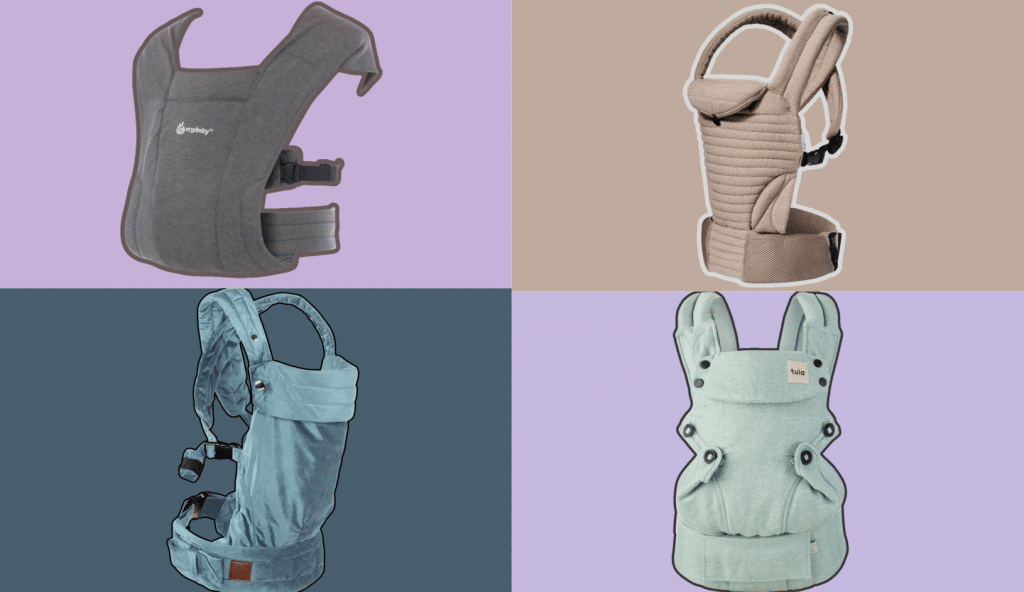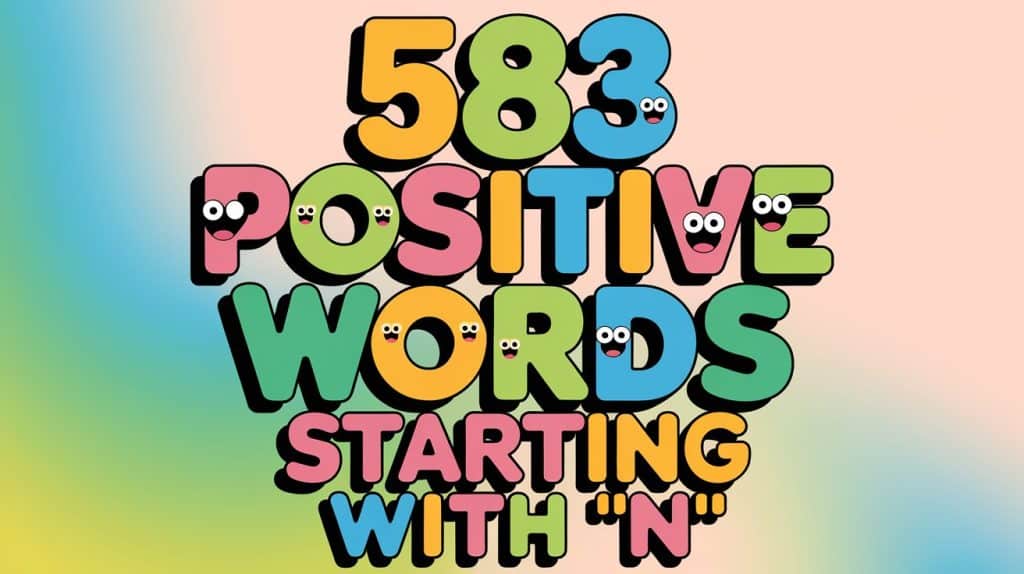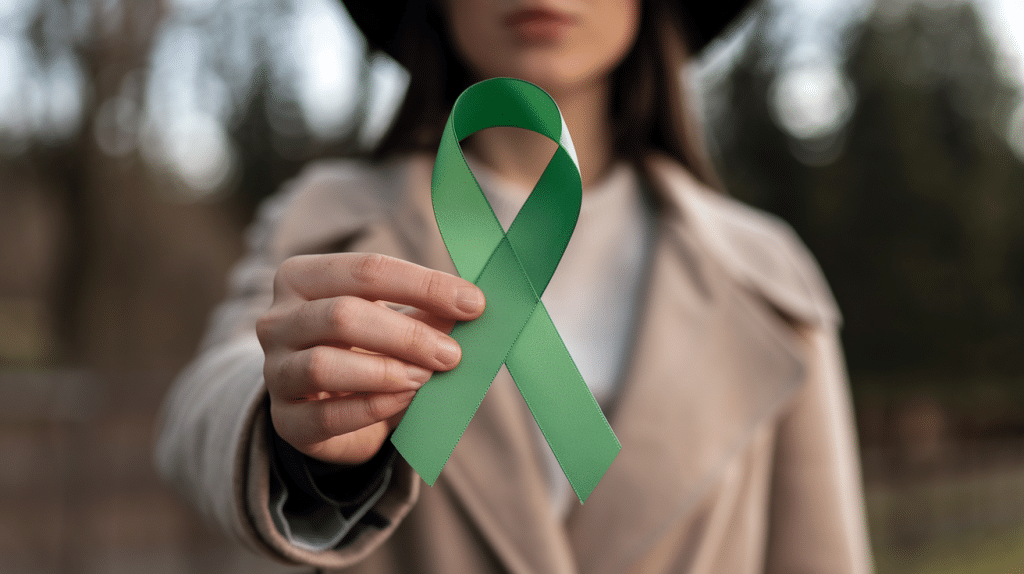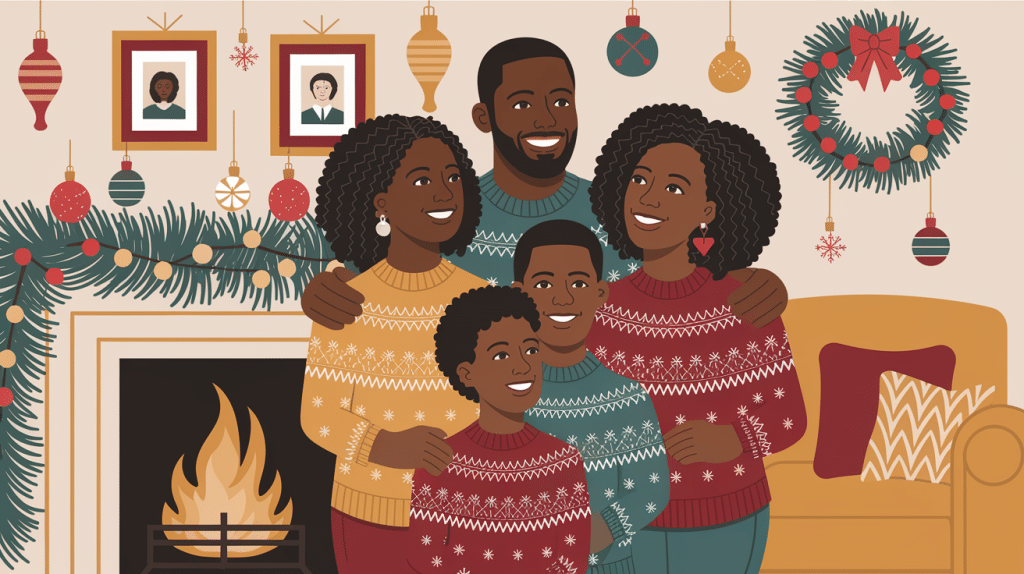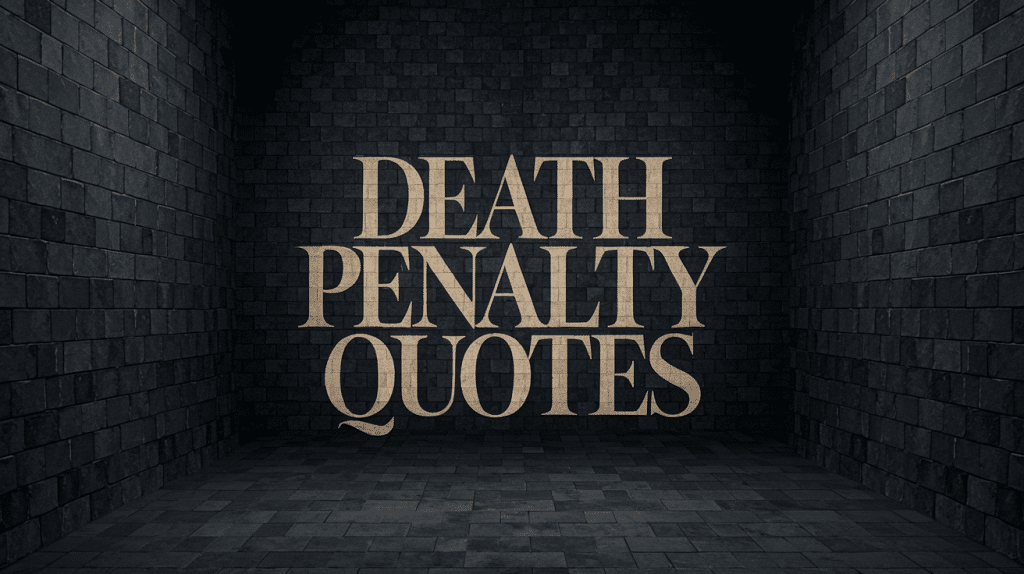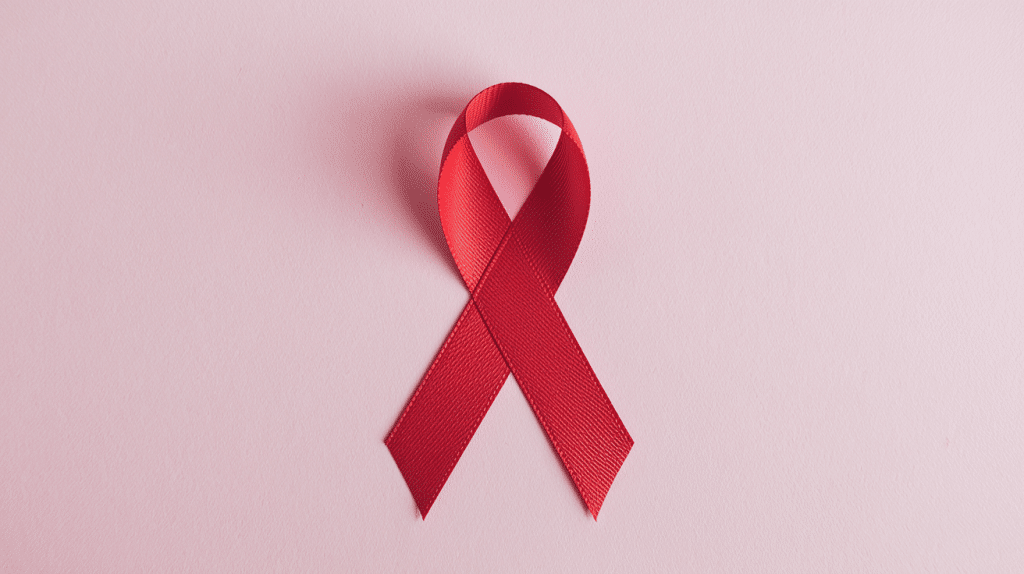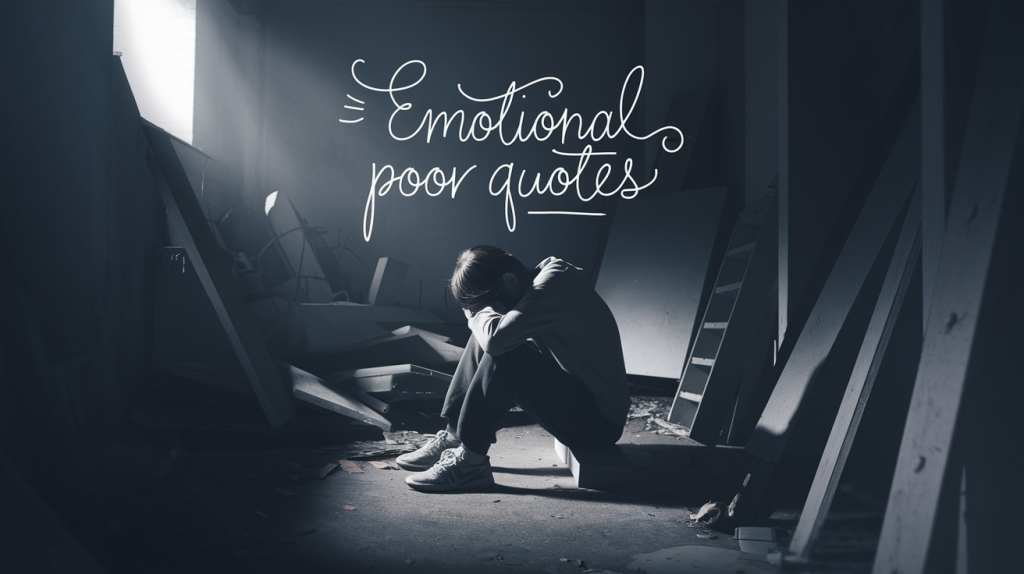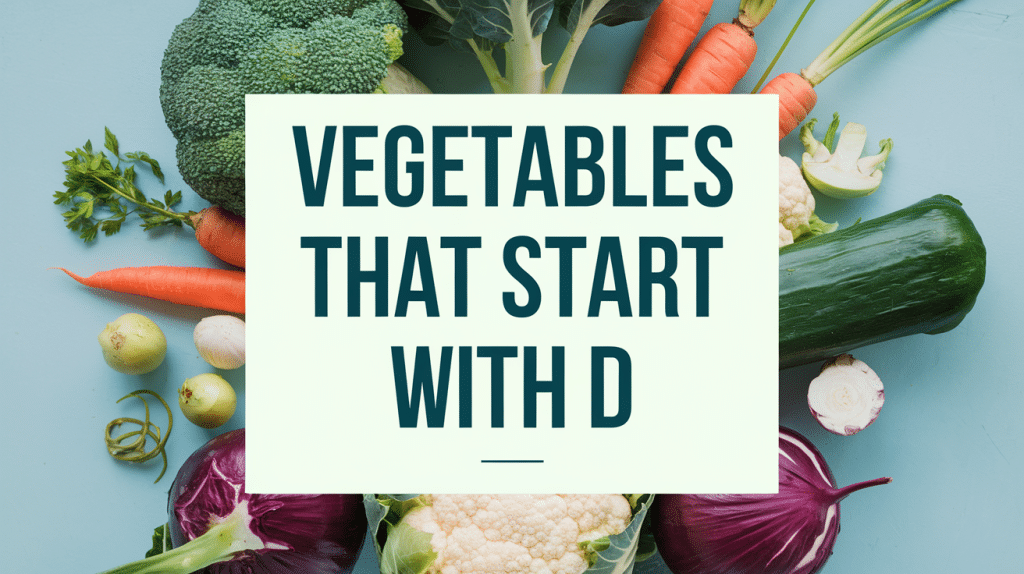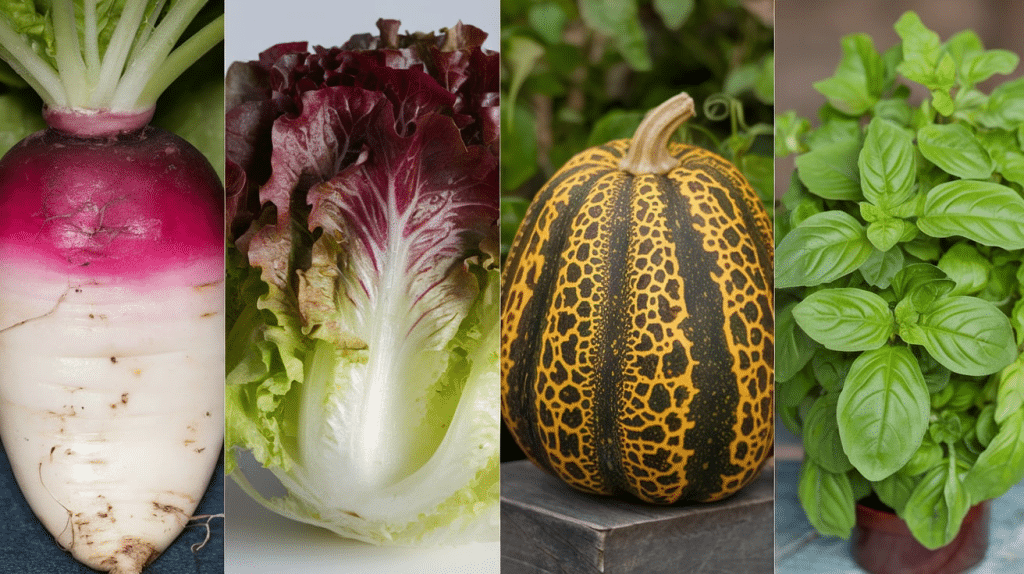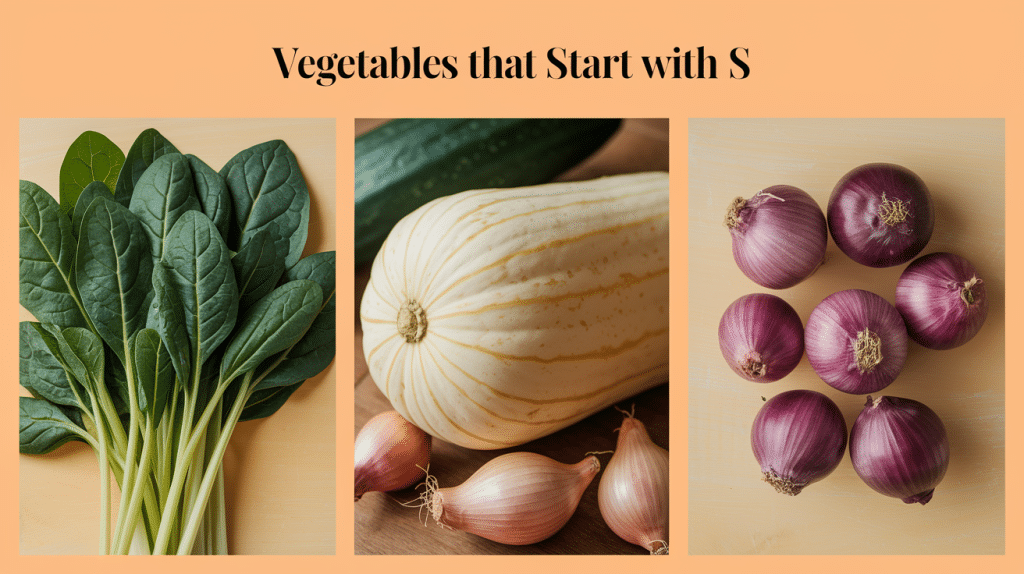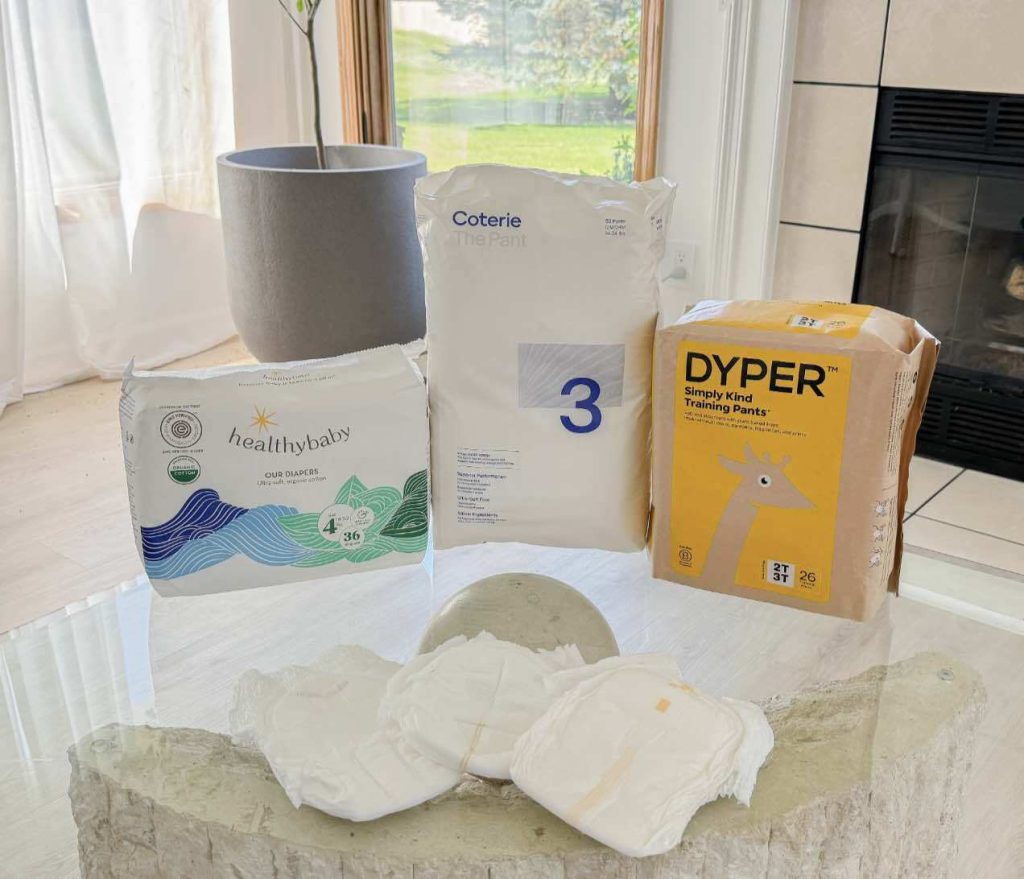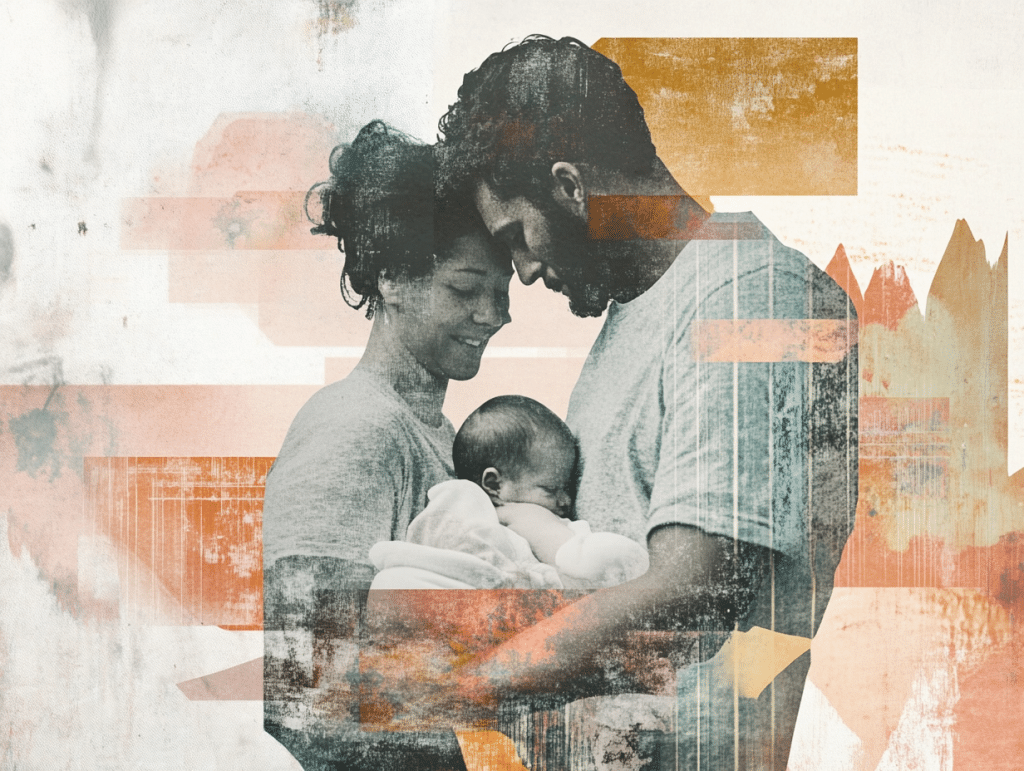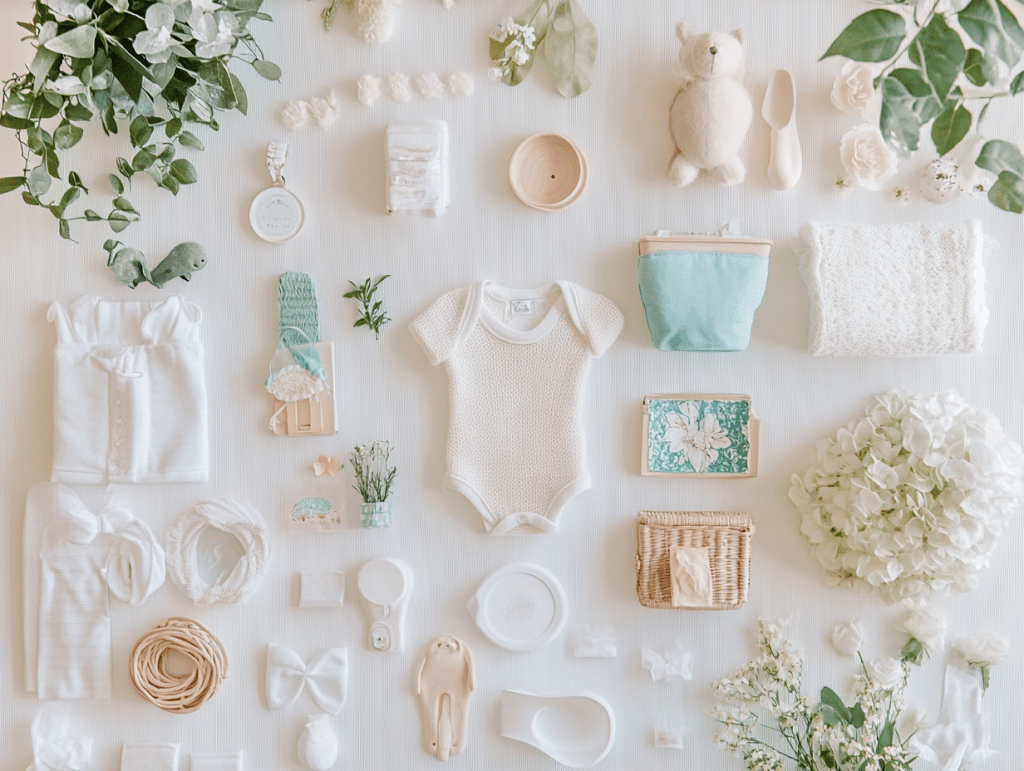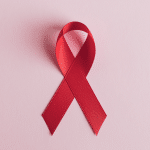Now Reading: Understanding Mental Health Awareness Ribbon Colors and Meanings
-
01
Understanding Mental Health Awareness Ribbon Colors and Meanings
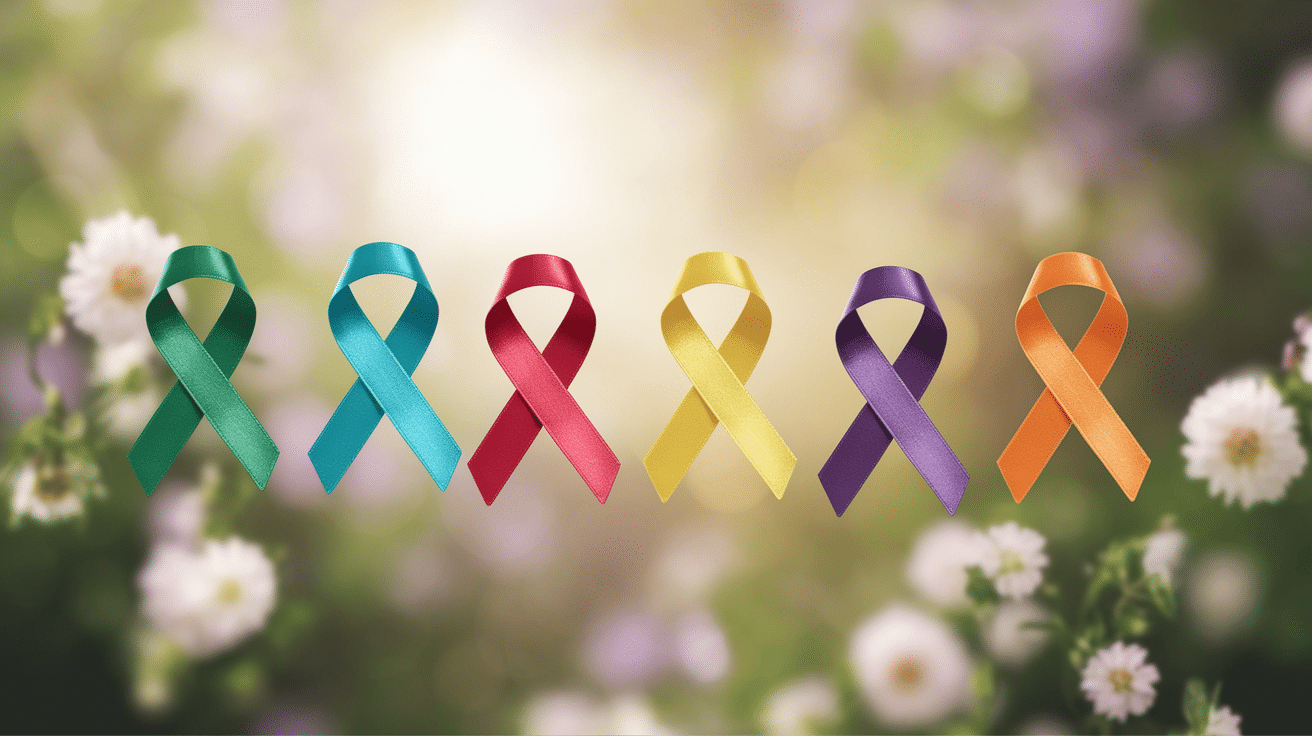
Understanding Mental Health Awareness Ribbon Colors and Meanings
Those small, colorful ribbons pinned to someone’s shirt? They speak volumes without saying a word.
Just like traffic lights help us navigate roads, these ribbons help us navigate conversations about mental health. They’re simple symbols with powerful meanings.
Mental health affects everyone. 1 in 5 people deals with mental health challenges each year. That’s why these ribbons matter so much.
Green for depression, purple for addiction recovery, silver for eating disorders – each color represents different struggles that millions face daily.
This guide will walk you through what each ribbon color means when used and how you can show support.
Why Should You Know About Mental Health Awareness Colors?
These ribbons do more than look nice. They open doors to important talks.
You might learn they support mental health awareness when you spot a green ribbon on someone’s bag. This tiny symbol can start conversations that might never happen otherwise.
Colors help us remember causes better. The same happens with mental health ribbons – they stick in our minds.
Wearing these colors shows others they’re not alone. Many people stay quiet about their struggles because they fear judgment. Seeing a ribbon in their skin color can give them the courage to speak up.
By knowing these colors, you become part of breaking down walls of silence around mental health.
Different Mental Health Awareness Ribbons
Green Ribbon

The green ribbon is the universal symbol for mental health awareness. It represents renewal, balance, and the importance of breaking the stigma around mental health challenges. Wearing a green ribbon shows support for mental well-being and encourages open conversations.
Significance
- Green is linked to growth, healing, and harmony, making it a strong representation of mental health recovery.
- It reminds people that mental health is just as important as physical health.
Associated Causes
- General mental health awareness
- Depression and anxiety disorders
- Bipolar disorder
- Schizophrenia awareness
- Mental health advocacy initiatives
Teal Ribbon

The teal ribbon represents awareness of Post-Traumatic Stress Disorder (PTSD). It stands as a symbol of resilience, survival, and healing for those who have experienced trauma.
Significance
- Teal is linked to emotional balance and healing, making it an appropriate color for PTSD awareness.
- Encourages support for those coping with trauma-related mental health issues.
Associated Causes
- PTSD Awareness
- Support for trauma survivors
- Military veteran mental health
- First responder mental health awareness
Blue Ribbon

The blue ribbon symbolizes support for mental health advocacy, particularly in areas related to depression, child abuse prevention, and addiction recovery. It is a call for better mental health policies and awareness.
Significance
- Blue is a calming color linked to stability and trust, which aligns with mental health awareness efforts.
- Encourages discussions on depression and mental health struggles.
Associated Causes
- Depression Awareness
- Child abuse prevention and mental health support
- Addiction and recovery support
Yellow Ribbon

The yellow ribbon is a symbol of suicide prevention and youth mental health. It serves as a reminder that mental health struggles are real, but that support and help are available.
Significance
- Yellow is associated with hope, awareness, and urgent action.
- The ribbon raises awareness about the importance of mental health intervention.
Associated Causes
- Suicide prevention awareness
- Youth mental health
- Depression Awareness
- Support for suicide loss survivors
Purple Ribbon

The purple ribbon symbolizes strength, recovery, and self-acceptance for individuals with eating disorders. It spreads awareness about the impact of eating disorders and the need for proper treatment and support.
Significance
- Purple represents courage, transformation, and resilience.
- It helps reduce stigma and promote open conversations about eating disorders.
Associated Causes
- Eating disorder awareness
- Anorexia and bulimia support
- Body dysmorphia awareness
- Advocacy for healthy body image
Turquoise Ribbon

The turquoise ribbon is used to raise awareness for anxiety and panic disorders. It serves as a reminder that anxiety is a real and treatable mental health condition.
Significance
- Turquoise is linked to calmness, emotional balance, and mental clarity.
- Encourages conversations about anxiety and its impact on daily life.
Associated Causes
- General anxiety disorder (GAD) Awareness
- Panic disorder awareness
- Social anxiety awareness
White Ribbon

The white ribbon represents mental health and suicide prevention awareness. It is used in campaigns to encourage open discussions about mental health struggles and the importance of seeking help.
Significance
- White symbolizes hope, awareness, and a fresh start for those struggling with mental health challenges.
- Promotes community support and access to mental health resources.
Associated Causes
- Suicide prevention awareness
- Mental health advocacy
- Support for those struggling with suicidal thoughts
Grey Ribbon

The grey ribbon represents brain health awareness, particularly for conditions that impact mental well-being. It highlights the importance of mental health in neurological conditions.
Significance
- Grey is associated with neutrality and balance, symbolizing the complexities of brain health.
- Encourages research and support for neurological conditions that affect mental well-being.
Associated Causes
- Brain disorder awareness
- Neurological conditions impacting mental health
- Research and support for brain-related mental health issues
Other Awareness Ribbons

| Ribbon Color | Meaning | Associated Causes |
|---|---|---|
| Red | Health-related awareness | HIV/AIDS awareness, heart disease, substance abuse recovery |
| Pink | Cancer and women’s health awareness | Breast cancer awareness, self-care, postpartum health |
| Orange | General health and safety | Leukemia awareness, self-harm prevention, ADHD awareness |
| Black | Mourning and remembrance | Grief awareness, memorial for lost loved ones, gang prevention |
| Gold | Childhood disease awareness | Childhood cancer awareness, pediatric health research |
| Silver | Neurological and brain disorder awareness | Parkinson’s disease, brain disorder research, schizophrenia awareness |
Influence of Colors on Mental Health
Your brain dances with colors every day without you even noticing.
Ever walk into a blue room and feel your shoulders drop as tension melts away? That’s your brain responding to color’s silent language. It’s not magic – it’s science.
Green whispers to your mind like a forest on a spring day, calming racing thoughts. Yellow bursts with the same energy as the first ray of the morning sun, lifting spirits from dark places.
Color therapists use these natural reactions in their work. Surrounding someone with gentle blues might ease anxiety, while warm oranges can wrap around someone feeling numb from depression.
The ribbons we wear tap into this hidden power.
When we choose a teal ribbon to raise awareness of PTSD, we’re not just picking a pretty shade—we’re connecting with the calming, healing qualities that might comfort someone struggling.
Our minds and colors have been partners since the first humans looked up at blue skies, felt peace or red flames, and felt alert. Now, we use this ancient connection to heal our modern minds.
History of Awareness Ribbons
1979: Yellow ribbons honor Iran hostages – the first symbol that caught America’s heart.
1991: Red AIDS awareness ribbons create the template for modern cause symbols.
1996: The green mental health ribbon makes its quiet debut, barely noticed.
2008: Celebrity voices amplify mental health ribbons onto red carpets and magazines.
2015: Mental health ribbons jump from personal symbols to corporate campaigns.
2020: The pandemic pushes these ribbons into everyday conversation as mental health becomes a shared concern.
Today: What began as simple loops of fabric now help millions show support and break silence around mental health struggles.
Global Perspective on Mental Health Awareness Ribbons

Mental health ribbons speak different languages worldwide. In Australia, blue and purple ribbons for anxiety awareness appear in October, while Canada embraces green throughout May.
Japan’s approach remains subtle. Ribbons are less common than origami butterflies, which symbolize transformation and hope.
Meanwhile, the UK’s green ribbon campaign has grown into one of the most recognized symbols in Europe.
Organizations like Mental Health International connect ribbon campaigns across continents, creating shared symbols that help travelers recognize support systems wherever they go.
From India’s growing teal ribbon movement for PTSD awareness to Brazil’s yellow campaigns for suicide prevention, these small fabric loops are becoming a universal language for compassion and understanding.
Conclusion
These colorful ribbons are more than just fabric – they’re bridges connecting people who might otherwise feel alone. By wearing them, you become part of something bigger than yourself.
Next time you spot a mental health ribbon, remember the story behind it. Each color represents real people facing real challenges with real courage.
Want to make a difference? Start small. Pin a ribbon to your bag. Share what you’ve learned about these symbols with a friend. Follow mental health organizations on social media.
Most importantly, when someone shares their struggle with you, listen. The greatest purpose of these ribbons isn’t just awareness – it’s action.
Ready to show your support? Pick a cause that matters to you, find its ribbon, and wear it proudly. That tiny symbol might be the invitation someone needs to start a life-changing conversation.
